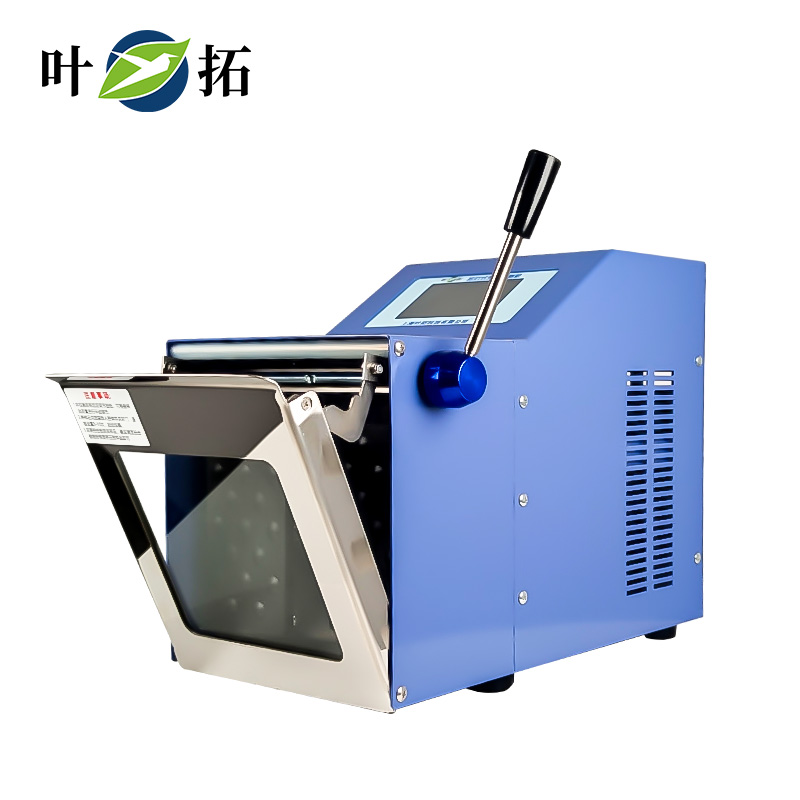Homogenizers and mixers are two types of laboratory equipment used for mixing and suspending samples, with significant differences in their working principles, applications, and functions. The following are the main differences between homogenizers and mixers:
Homogenizer:
Working principle: The homogenizer uses mechanical force to crush and evenly disperse particles within the sample. They typically use high-speed vibration or high-speed rotating mechanical components to generate intense mechanical shear forces, uniformly dispersing particles in the sample in liquid or other media.
Application: Homogenizers are mainly used in fields such as biology, molecular biology, pharmaceuticals, and food industry, for applications such as cell lysis, DNA/RNA extraction, protein homogenization, and sample mixing. They are very useful in preparing samples for subsequent analysis.
Function: The main function of a homogenizer is to evenly disperse particles within the sample, and it usually does not have other functions such as temperature control, stirring, and vortexing. They are specifically used for sample homogenization and particle crushing.
Sample container: Homogenizers typically use homogenizer heads or probes to place samples in a container and then evenly disperse them through mechanical force.
blender:
Working principle: The mixer gently stirs or mixes the sample through components such as a mixing tank, mixer, or mixing rod to achieve uniform mixing without changing the characteristics of the sample. They typically use lower mechanical forces to mix components in liquids or solutions.
Application: Blenders are widely used in fields such as chemistry, biology, pharmacy, food manufacturing, and chemical engineering. They are commonly used for preparing solutions, mixing reagents, synthesizing compounds, dissolving solids, and other applications.
Function: The main function of a blender is to mix and stir samples to achieve uniform distribution in liquids or solutions. They are usually not used for particle crushing or sample homogenization.
Sample container: The mixer usually uses a mixing tank or container to place the sample and solvent inside, and then stir them with the mixer.
In summary, there are significant differences between homogenizers and mixers in terms of their working principles, applications, and functions. Homogenizers are used for particle crushing and sample homogenization, typically using high-speed mechanical force, while mixers are used for mixing and stirring samples, typically using lower mechanical force. The choice of equipment depends on the specific requirements of the experiment and the required processing method.


 Alibaba Store
Alibaba Store Tmall Store
Tmall Store Jingdong Sstore
Jingdong Sstore







